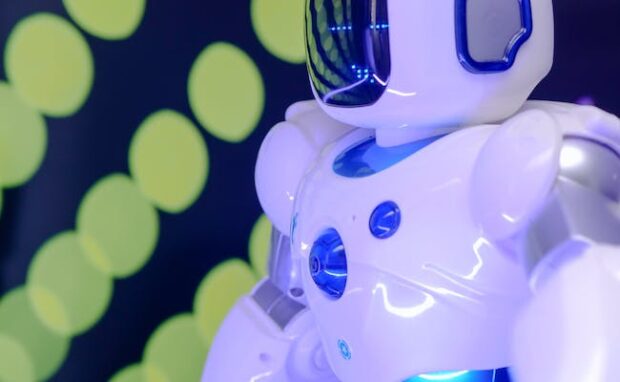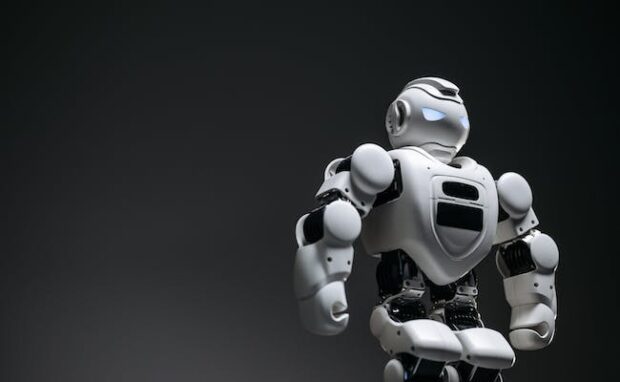China wants to mass-produce robots by 2025
China’s Ministry of Industry and Information Technology (MIIT) issued an advisory for the mass production of humanoid robots by 2025. The country aims to secure the safe and effective supply of essential components for mass-producing androids. More importantly, it aims to lead a reliable industrial robot supply chain by 2027.
Technology seems to be progressing faster than ever after the pandemic. Its end gave rise to the AI revolution sparked by OpenAI’s ChatGPT. However, the United States’ neighbor from the other side of the world wants to lead innovation in hardware instead of software. China’s ambitions to lead robotics globally may significantly transform our world soon.
This article will discuss China’s robotics ambitions for the coming years. Later, I will cover the country’s other robot breakthroughs.
What are China’s robot ambitions?

On November 3, 2023, the Ministry of Industry and Information Technology issued the “Guiding Opinions on the Innovation and Development of Humanoid Robots.” It starts with President Xi Jinping’s vision for Chinese robot innovation.
He said it is necessary to “promote industrial innovation with scientific and technological innovation, actively cultivate strategic emerging industries such as new energy, new materials…”
“…advanced manufacturing and electronic information actively cultivate future industries, accelerate the formation of new productive forces, and enhance new momentum for development.”
China expects humanoid robots to be as disruptive as computers, smartphones, and artificial intelligence. It may have shortcomings, but the nation wants to improve and lead robotics innovation soon.
It will follow three goals called “Guiding Opinions” to reach its lofty ambitions. By 2025, the Asian nation will develop a humanoid robot innovation system that will create a “brain, cerebellum, and limbs” for its automatons.
You may also like: World’s first humanoid robot factory opening soon
- Brain: It involves the AI models that will enhance Chinese robot perception, behavioral control, and human-computer interaction.
- Cerebellum: This part will control the movement of humanoid robots, build a motion control algorithm library, and establish a network control system architecture.
- Limbs: Also, the country will develop breakthroughs in technologies like lightweight bones, high-strength body structures, and high-precision sensing.
The Guiding Opinions focus on three sectors: special fields, typical manufacturing scenarios, people’s livelihood, and key industries. The first is to accelerate the application of humanoid robots in special environments.
The second is to focus on key manufacturing areas such as 3C and automobiles and improve the tool operation and task execution capabilities of humanoid robots. The third is to expand the service applications of humanoid robots in the fields of people’s livelihood, such as medical care and housekeeping.
What are China’s other robot projects?

China is focused on its robotics ambitions as it has numerous related projects. Aside from aiming for global robot dominance, it says it created the “world’s first mass-produced humanoid robot.”
Chinese robotics firm Fourier Intelligence developed these bots to address the country’s aging population. It unveiled its GR-1 prototype during the recent World Artificial Intelligence Conference in Shanghai.
South China Morning Post says the bot can walk on two legs at 5km an hour while carrying a 50 kg load. Fourier founder Alex Gu told SCMP that he had long dreamed of creating a humanoid robot.
In 2019, he pursued his dream despite most Chinese firms focusing on four-legged robots. “Many technologies used in rehabilitation robots are essentially applicable to humanoid robots,” Gu said.
“Humanoid robots require very good motors that are both powerful and light, and we are able to develop them ourselves,” the robot whiz added. It started to walk in 2022, marking a major milestone for Fourier.
You may also like: NASA robot will oversee oil rigs
“When we saw it standing up for the first time, untethered and walking around by itself, it was a big encouragement for all our engineers,” stated Gu. “It felt like raising a newborn baby.”
The Chinese humanoid robot stands 1.64 m tall and weighs 55 kg. It can walk, avoid obstacles, and perform mundane tasks like holding bottles.
Also, a team of Chinese researchers created a shape-shifting robot that turns into liquid and reverts to solid. It is reminiscent of the T-1000 robot from the Terminator 2 movie.
Conclusion
The Chinese government released its plans to mass-produce humanoid robots by 2025. Also, it wants to dominate robotics globally by 2027.
Soon, we may have robots performing our daily tasks. After all, both the West and the East seem to be rapidly progressing technological progress worldwide.
The US, China, and several other nations will bring a new AI revolution. Learn more about the latest digital tips and trends at Inquirer Tech.